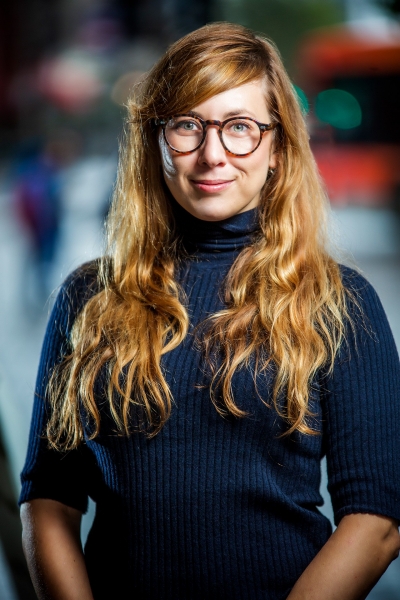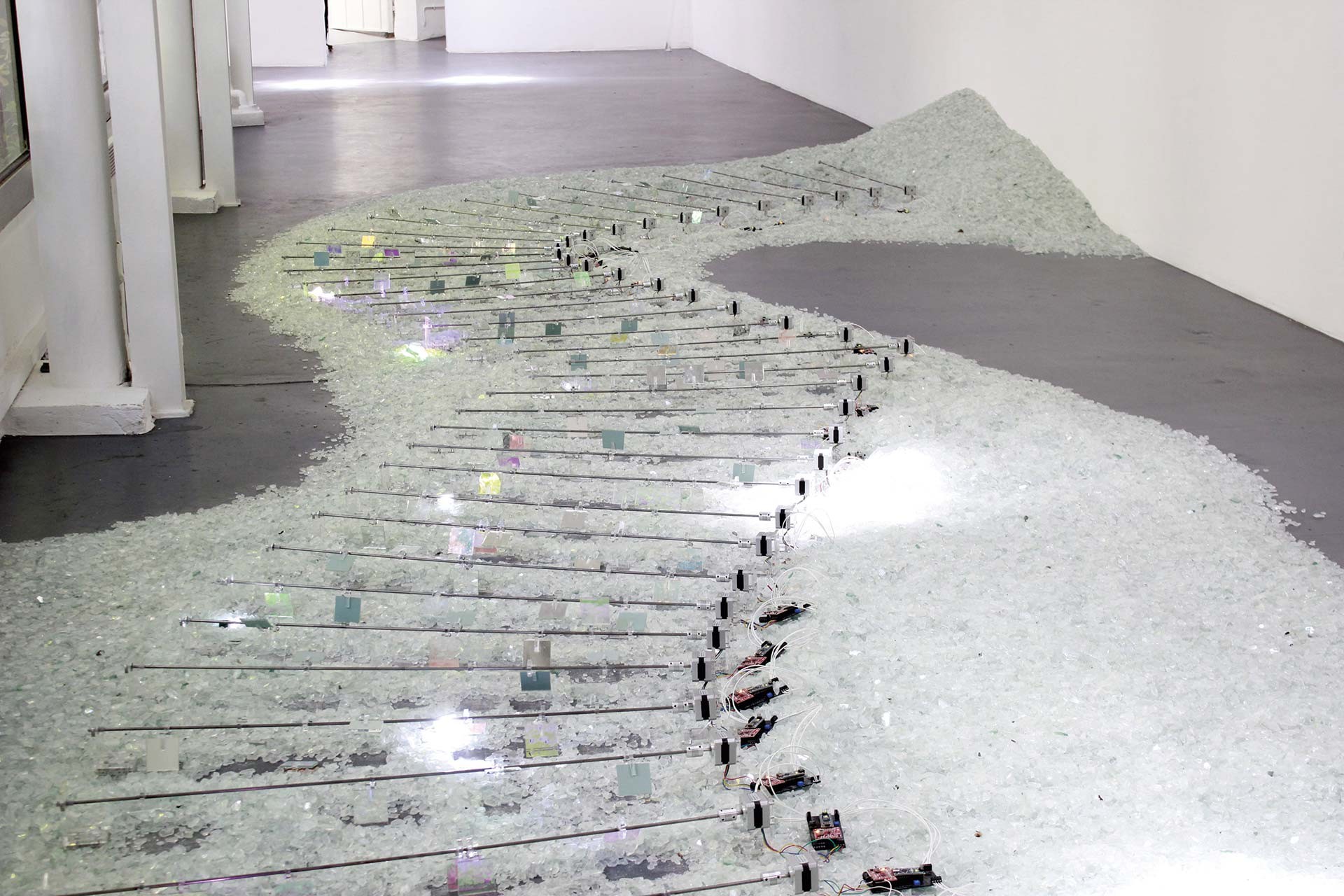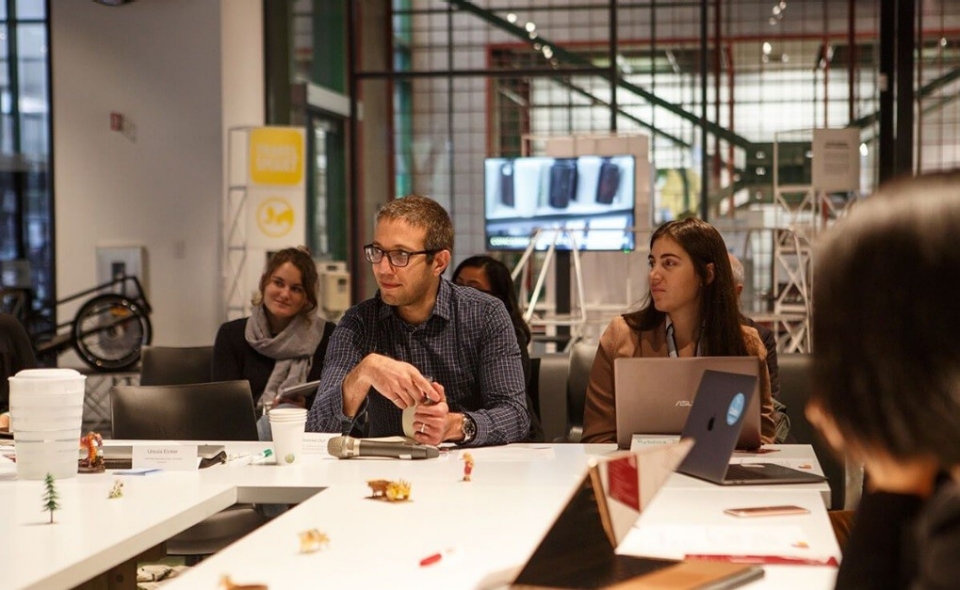Alice Jarry’s work isn’t just art, science, education or environmental activism – it’s all of these and more.
Jarry is an assistant professor at Montreal’s Concordia University as well as an acclaimed artist who works with “residual” glass – what we used to consider waste – to find new ways of recycling and upcycling material that people would otherwise throw away.
“As an artist and designer, I’m interested in the question of material agency – the capacity of materials to react, to interfere with us and other beings, and to change over time,” Jarry says.
She notes that we as humans often see the materials in our built environment as passive substances onto which we impose our will and desires.
“This is one of the reasons that contribute to overconsumption, our current ‘throw-away’ culture, and many of the socio-environmental crises we face today,” she says. “I prefer to think of discarded and obsolete materials as active agents of change.”
As a faculty member in Concordia’s department of Design and Computation arts, Jarry teaches students about her goal, “to create objects that are sustainable both socially and environmentally,” as she explains..
 Concordia researcher Alice Jarry: "I prefer to think of discarded and obsolete materials as active agents of change."
Concordia researcher Alice Jarry: "I prefer to think of discarded and obsolete materials as active agents of change."
 Artist and Concordia researcher Alice Jarry uses broken shards of recycled glass in works like Lighthouses (realized with Vincent Evrard).
Artist and Concordia researcher Alice Jarry uses broken shards of recycled glass in works like Lighthouses (realized with Vincent Evrard).
 Engineer and Concordia researcher Mohamed Ouf uses data from buildings to analyze how people use the spaces in which they live or work.
Engineer and Concordia researcher Mohamed Ouf uses data from buildings to analyze how people use the spaces in which they live or work.
 Mohamed Ouf discussing how data from building systems can be used to model occupant behaviour and optimize building performance.
Mohamed Ouf discussing how data from building systems can be used to model occupant behaviour and optimize building performance.